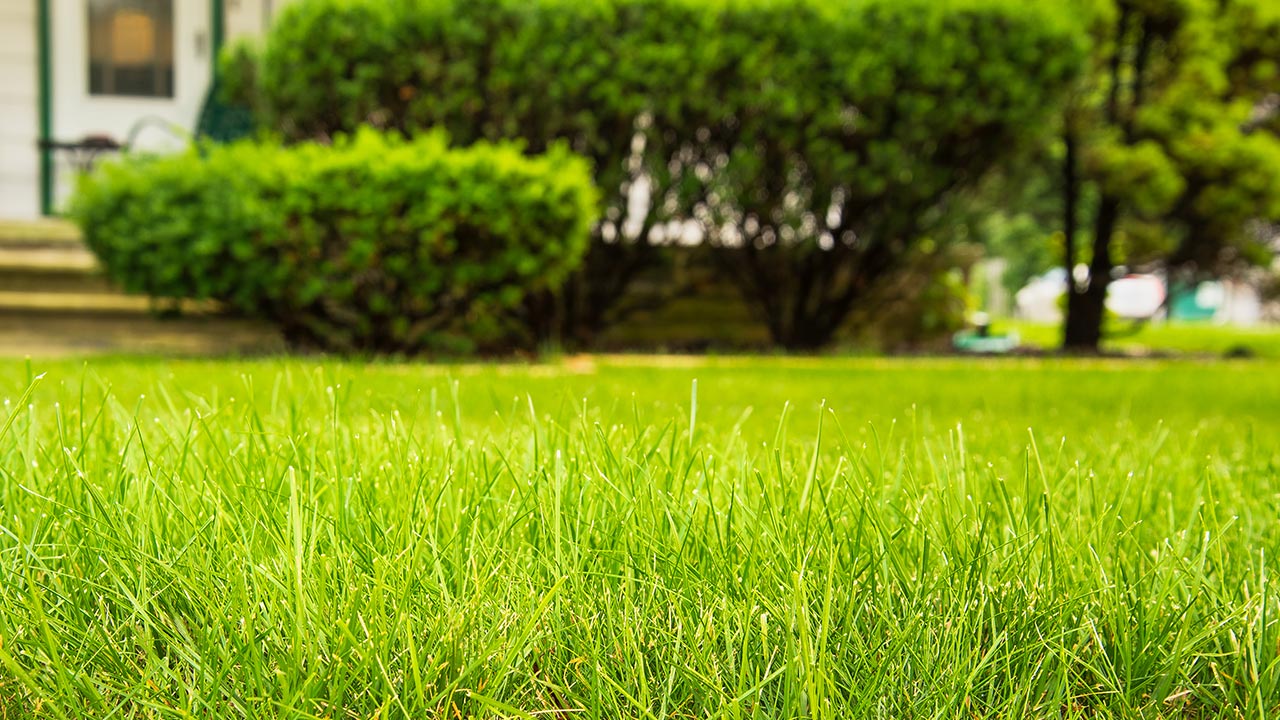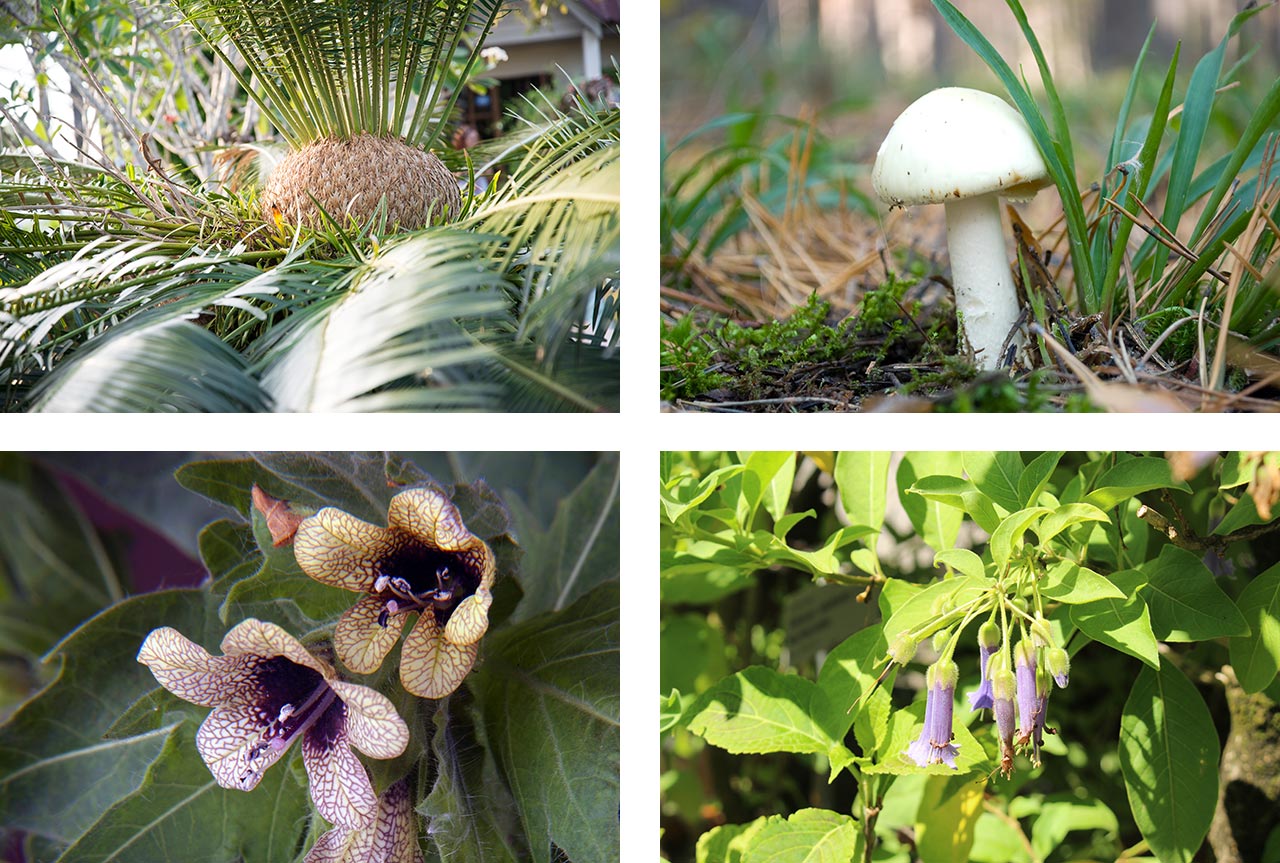
Everyone loves a well-manicured lawn and lush landscaping. It commands pride in ownership, boost the esthetics of a home, and even adds a certain amount of value to a property. But did you know that lurking within your prized yard may be plants that could be potentially hazardous to you, your family, and your pets?
Here are some hazards that could be present in your hard to be wary of.
1. Wild Mushrooms
Before you go out and search your yard for something to add to your dinner’s side dish, think twice. The wild mushrooms that may be growing on your lawn might not necessarily be poisonous, but it can be tough to tell if you don’t know what you’re looking for.
‘Amanita ocreata’ and amanita phalloides’ grows in many California grass patches, and can be deadly if ingested. At the very least, they can cause horrible side effects, including stomachaches, vomiting, and respiratory conditions. Stick to the mushrooms you can get at the grocery store for your escargot.
2. Sago Palms
Pretty but painful to the touch, sago palms can be poisonous to both humans and pets of they are ingested. While you might not necessarily reach for the sago palm as a snack, animals such as cats, dogs, and horses just might sniff it out because they find these plants appetizing. A toxin known as ‘cycasin’ is found in all parts of the plant, especially in the seeds. If ingested, symptoms can range from vomiting and diarrhea, to death.
3. Atropa Belladonna
Don’t let this esthetically pleasing, bell-shaped, dark purple flower fool you. Even the name “belladonna” has a lovely ring to it, and literally translates to “beautiful woman” from Italian. Unfortunately, the atropa belladonna – also dubbed the ‘deadly nightshade’ – can be fatal when consumed. At the very least, it can cause hallucinations. Just touching it can leave blisters on whatever part of your body makes contact with it.

4. Angel’s Trumpet
Another devil in disguise is the ‘datura stramonium’, which is also dubbed ’angel’s trumpet’. Even the smallest amount ingested can lead to hallucination. Larger quantities can be even more serious, and can cause hyperthermia, erratic heart rhythms, and even death. This weed is all over California, so it’s best to be wary of it and make sure pets don’t accidentally get into it.
5. Poison Oak
Keep an eye out for these three-leaf plants in the vicinity of your property. They can be pretty tough to distinguish, considering their three-leaf clusters resemble other types of harmless ivy that grows as shrubs or climbing vines.
If you rub up against it, you’ll likely experience major itching and severe dermatitis thanks to its poisonous oil, which contains a compound called urushiol. If you believe poison oak is lingering in your yard, put on some protective clothing and gloves and get rid of it before the kids and pets get into it.
6. Stinging Nettle
The name itself should tell you what can happen if you make contact with this plant. Freshly harvested stinging nettle can actually sting you if you handle it without protective gloves. The minuscule hairs that cover the leaves can introduce toxins into your skin if you touch it, leaving behind itchy bumps on your skin.
7. Castor Bean
The vibrant red color of the castor bean may be very attractive, but its seeds can be extremely dangerous if ingested. The seeds of this plant are rich in the toxin ‘ricin’, which has actually been used in chemical and biological warfare! This fact alone should prompt you to avoid including castor bean in your landscaping.
The Bottom Line
You just never know what may be lurking in your yard. Before you go out and choose plants for your landscaping, make sure you do your homework on each species. If your yard is already abundant in different plants, shrubs, vines and weeds, make sure you get up-to-date with what exactly is lingering on your property so that you, your children and your pets are safe.